German Water Protection Police Dagger by C. Eickhorn
SKU: 52.GOR.04.01.02.001
Estimated market value:
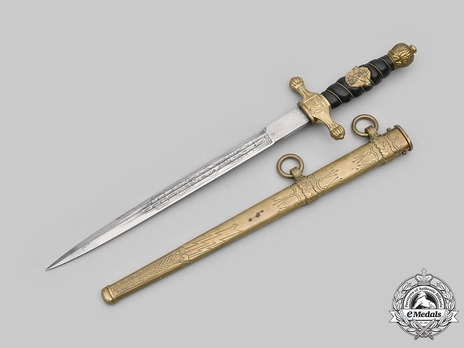
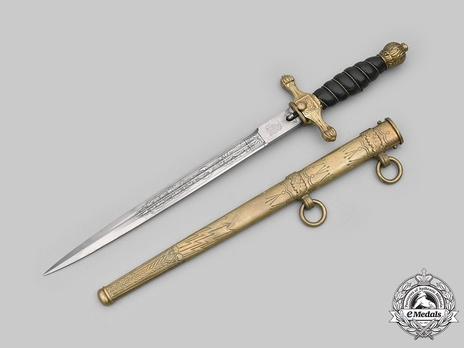
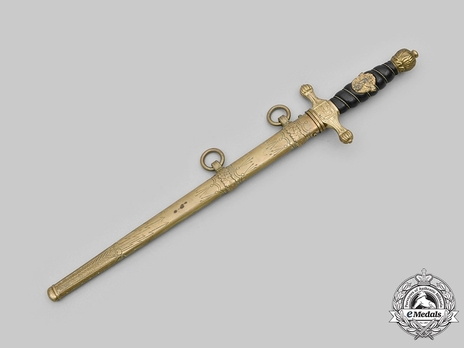
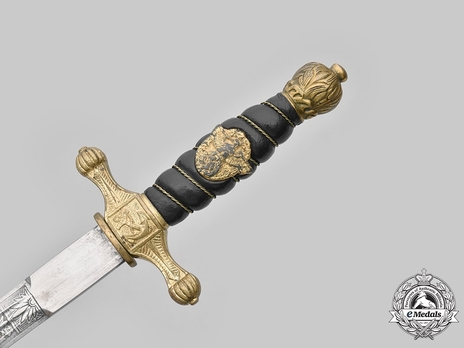
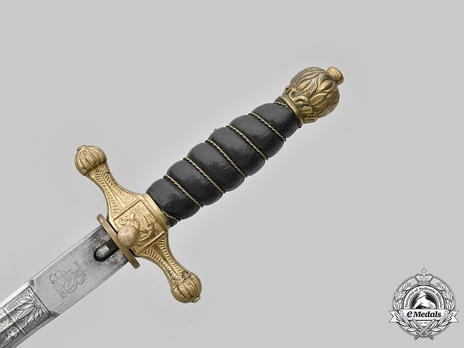
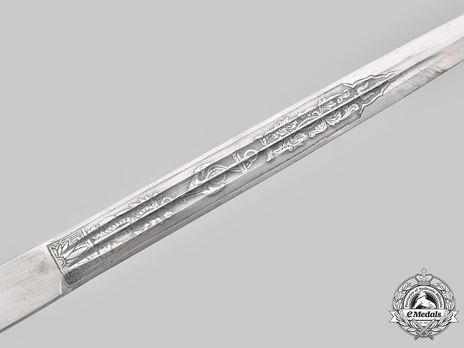
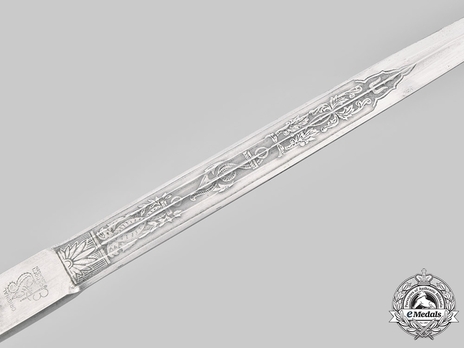
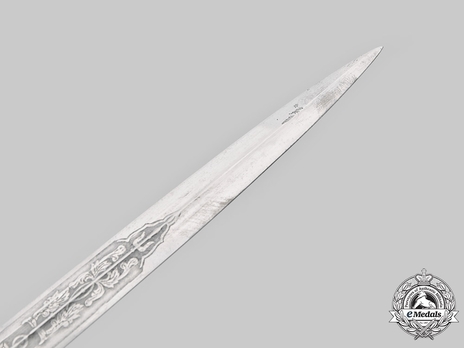
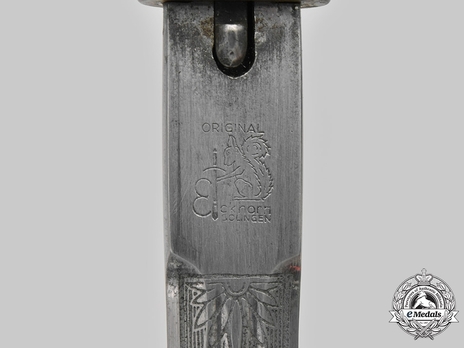
Estimated market value:
Attributes
History
During the Third Reich, an effort was made to unite all of Germany’s disparate provincial police forces and agencies into a single cohesive national unit. To attain this goal, Reichsführer-SS Heinrich Himmler was named Chief of the German Police in the Ministry of the Interior in June 1936. That same month, Himmler implemented new standardized uniforms, headgear, and insignia. The uniforms worn prior to Himmler’s appointment were often navy blue, particularly in what had been Prussia. The new uniforms were green, in a shade that was then dubbed “Police green”.
The German Police were divided into two main units, the Ordnungspolizei (Orps or Regular Police) and the Sicherheitspolizei (Secret Police); the Ordnungspolizei were unofficially called the green police (Grüne Polizei) as a result of their uniform colour. The Sicherheitspolizei were made up of two main organizations, the Gestapo and the Kriminalpolizei (Criminal Investigation Police). At the beginning of the Second World War, the Sicherheitspolizei were brought under the auspices of the Reich Main Security Office.
The Water Protection Police uniform was finalized, after several organizational and uniform iterations, on May 25, 1936. A dagger was introduced for wear by Water Protection Police Officers, Administrative Officers, and Officer Candidates within the Water Protection Police in 1937, but it was not officially established until 1938. Prior to the introduction of the dagger, the Navy Sabre was worn by Water Protection Police personnel. From 1938 onward, the Water Protection Police Dagger and Navy Sabre were both permitted for wear with the Water Protection Police service and dress uniforms. Since the dagger was not popular, it was abolished early into the Second World War.
The general design of the Water Protection Police Dagger mirrors the pre-1938 model of the Navy’s Officer’s dagger, except the grip, is composed of wood and a blue leather cover instead of white plastic.
The handle of the dagger is made up of the pommel, the grip, and the crossguard. The pommel and crossguard are composed of a gold-coloured (brass or alloy gilt) metal. The pommel has an ornate “flaming ball” shape. The grip is composed of wood with spiral indents and covered in a layer of blue leather with gold-coloured brass wire in the swirl indents. A gold-coloured police eagle insignia may or may not be located on the hilt obverse. The crossguard has two extending arms/quillons, and the obverse and reverse centre sections feature the image of a fouled anchor. The crossguard reverse also features the locking button mechanism, which obstructs the reverse fouled anchor image. A red felt washer may be located below the crossguard.
When present, the portepee is composed of gold-coloured bullion wire and the cord is gold-coloured with sections of blue thread.
The dagger has a double-fuller blade, and it is composed of steel plated with silver or nickel. The obverse and reverse blade surfaces are etched with naval designs. The obvese ricasso may be stamped with the manufacturer's logo, and the reverse ricasso should be stamped with a manufacturer mark, including name, location, and logo.
The scabbard is composed of gold-coloured metal (often brass gilt) and tends to feature a lightning bolt design with additional geometric and linear design elements. Every scabbard has two bands, one at the top of the scabbard neck and the other in the middle of the scabbard. The bands may have a “knotted rope” or oak leaf and acorn design. A suspension ring is attached to each band to facilitate the connection of dagger hangers.
The double strap dagger hangers are composed of a gold-coloured cover with blue stripes sewn onto dark blue velvet base and have gold-coloured (brass) buckles and fittings.

Versions
$5,000 USD
Blade: 250mm; Dagger in Scabbard: 400mm
Carl Eickhorn, Solingen


Comments
Sign in to comment and reply.


Scroll Top